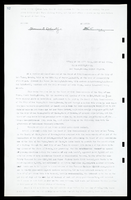Search the Special Collections and Archives Portal
Search Results
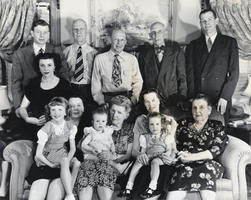
Photograph of Squires family members and friends, Carson City, Nevada, 1947
Date
1947
Archival Collection
Description
Identification given with photograph: "Squires family reunion at the C. C. Boyer home in Carson City. Front row: Mrs. Herbert A. Squires, with Kathleen (daughter of John Doherty); Mrs. C. C. (Florence Squires) Boyer, with Charla, daughter of Charles Doherty; Mrs. John H. Doherty with daughter, Susan; Mrs. Charles P. Squires."
Image
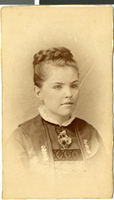
Photograph of Cressa Spring Hancock, Iowa City, Iowa, circa 1882
Date
1882
Archival Collection
Description
Cressa Springer Hancock portrait photo when she was about 10 years old; Handwritten note on back of photo: "Cressa Springer to Charlie Paul""; Stamp on back of photo: "T.W. Townsend, Photographic Artist, Iowa City, Iowa".
Image
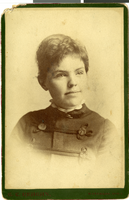
Photograph of Cressa Springer Hancock, Iowa City, Iowa, September 9, 1885
Date
1885-11-09
Archival Collection
Description
Cressa Springer Hancock posing for her portrait photo at 14 years old; Handwritten note on back of photo: "Yours truly, Cressy Springer, Sept 9, 1885 Iowa City"; Text on front of photo: "G.C. Reagan, Waterloo, Iowa".
Image

Photograph of the Nevada State Senate, Carson City, Nevada, April 05, 1977
Date
1977-04-05
Archival Collection
Description
The Nevada State Senate posing for a picture in Carson City, Nevada. Group Creators credit goes to Randell's Studio.
Image
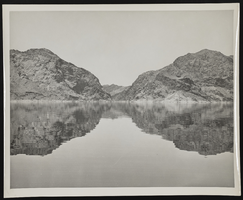
Photograph of Lake Mead and Boulder Canyon, Boulder City (Nev.), 1940s
Date
1940 to 1949
Archival Collection
Description
Near Fortification Hill, four miles upstream from the Hoover Dam. Boulder Canyon, originally called Devils Gate Canyon, now flooded by the lake. Photograph by Bureau of Reclamation, Boulder City, Nevada.
Image
Official Score Card-Gardnerville Wheelmen vs Carson City Wheelmen Bicycle Race at Carson City, NV (typescript), 1904 June 05
Level of Description
File
Archival Collection
Clara M. Crisler Papers
To request this item in person:
Collection Number: MS-00054
Collection Name: Clara M. Crisler Papers
Box/Folder: Box SH-003
Collection Name: Clara M. Crisler Papers
Box/Folder: Box SH-003
Archival Component
"Lincoln County / City of Caliente: Emergency Preparedness Inventory and Analysis Update" prepared for: Joint City / County Impact Alleviation Committee, 1992 May
Level of Description
File
Archival Collection
Environmental Radiation Protection Standards for Yucca Mountain, Nevada
To request this item in person:
Collection Number: MS-00603
Collection Name: Environmental Radiation Protection Standards for Yucca Mountain, Nevada
Box/Folder: Box 28
Collection Name: Environmental Radiation Protection Standards for Yucca Mountain, Nevada
Box/Folder: Box 28
Archival Component
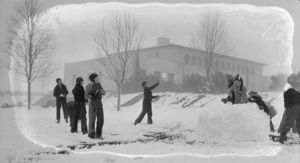
Film transparency of a general view of Boulder City, Nevada, circa 1932-1940s
Date
1932 to 1949
Archival Collection
Description
The view of small children having a snowball fight and building snow forts in Boulder City, Nevada. In the background of the image lies the Bureau of Reclamation Administration building located at 1200 Park Street Boulder City, Nevada. Damage to the photograph itself has caused a dark border to form around the image.
Image
Pagination
Refine my results
Content Type
Creator or Contributor
Subject
Archival Collection
Digital Project
Resource Type
Year
Material Type
Place
Language
Records Classification

